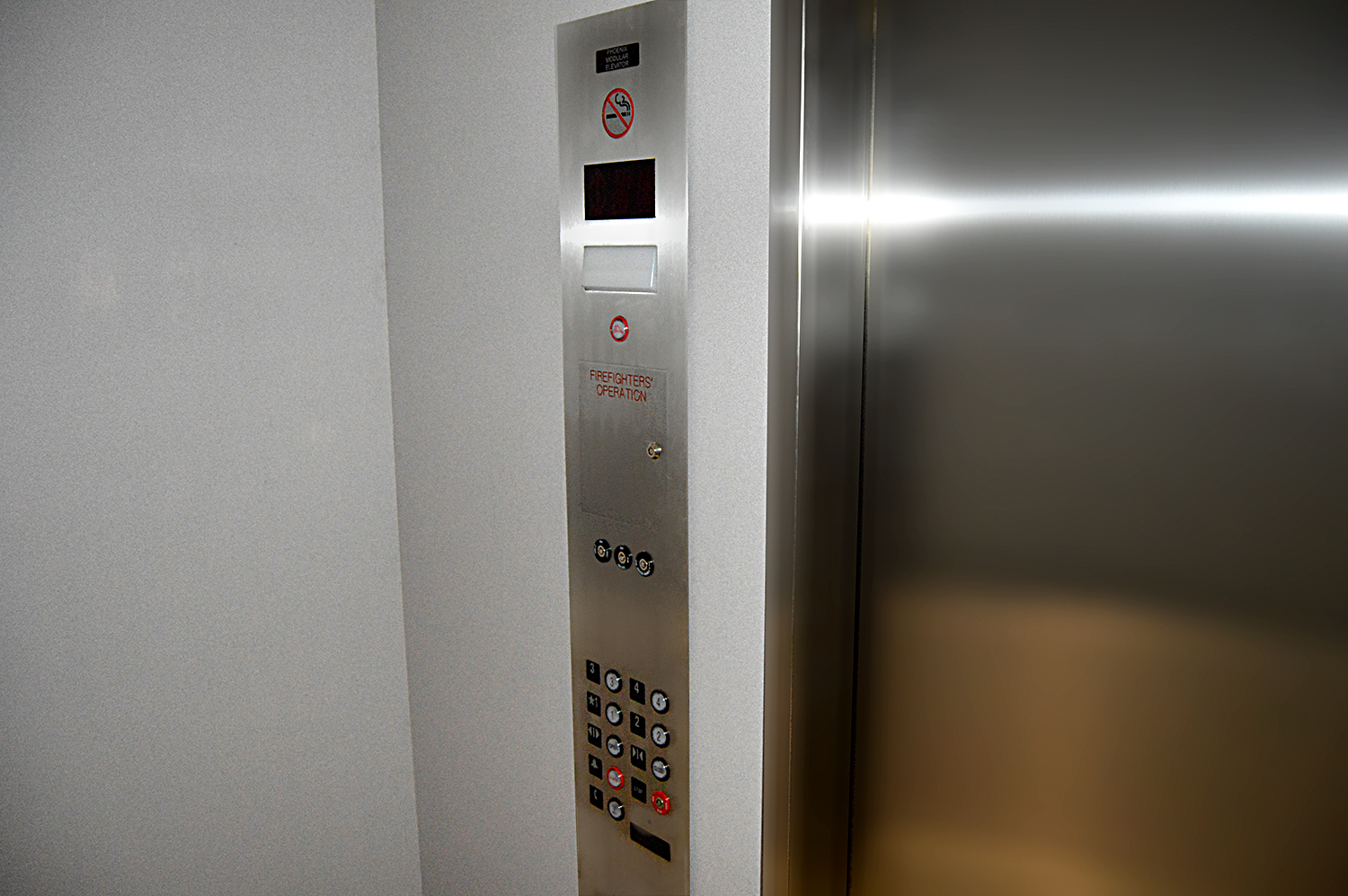
Elevator Designed to Trap
February 5, 2019
Labor Crunch Modular Solution
February 7, 2019
Limits to MRL Hydros
MRL hydraulic elevators are all the rage right now and for good reason. As the name implies, there is no additional machine room space needed, as it is built into the hoistway, so there is more square footage available for other things in the building, at least in theory. That point is debatable, as some will argue this claim! But with all the advantages of MRL hydro, there is a known limiting factor that should be recognized and accounted for at this time; hydraulic fluid viscosity.
The issue regarding viscosity is there could be significant fluid cooling problems with MRL hydros. Basically, as the elevator travels up and down, the oil heats up as it moves through the pipe due to friction, and when the hydraulic fluid or oil heats up, the life-blood of the system can fail. The oil just thins out when operated above required temperature levels, much like oil does when your car overheats and gets too thin, especially for a sustained period of time.
This breakdown, or altered viscosity, creates several real problems that can harm your elevator or negatively influence the way it operates. It can cause leaks in seals, the elevator can have difficulty leveling and even wear out major components faster than they should. In addition, the lifespan of the hydraulic fluid itself can be shortened, meaning it will need to be replaced more often, creating increased costs for operation.
The reason MRL hydraulic elevators can sometimes run with fluid at a higher temperature is due to several factors:
First, the main problem is that air flow is the primary way that the elevator hydraulic tank (normally in the machine room) is cooled down. The oil flows in when the elevator is not in use, especially if parked at a lower floor. As it sits there, the oil in the tank is cooled by the surrounding air and air flow. That is why there are significant rules and regulations regarding machine room temps and one of the reasons that objects must be kept clear of the tank.
Some MRL elevators, with the elevator tank in the wall of the hoistway, will have a grate covering the area where the tank is sitting so when the elevator goes swooshing up and down, the air flow created will cool the oil. But not all are designed that way and sometimes codes prohibit the open area.
The second issue is that the motor placement inside the tank can be problematic. Again, in a normal hydraulic elevator tank, you find a submersible motor, pump valves and pipes. The key object and one that generates significant heat is the submersible motor. In the standard configuration, it rests near the bottom fully covered in hydraulic fluid.

In some of the MRL models, to save room, the tank is not horizontal but vertical and, as a result, as the jack goes up and fluid leaves the tank, the motor can be exposed to air without the benefit of being fully submerged. This can cause additional heat in the system. As a result, some companies restrict the total travel distance in MRL hydros. To combat this, others have put the hydraulic tank in the floor of the pit, but that has its own set of difficulties. Air flow can be restricted, depending on where it is placed, and if the elevator breaks down with the car at the bottom of the pit, it may be hard to get to a potential problem area.
Another problem spot to be considered is that the limited space in the hoistway or pit can lead to cutting down the power unit. This can especially be trouble for units with a total rise beyond 20 feet or more. By trying to save space, the power unit can be too small, creating more work and more heat generation.
All of these issues are magnified when the total travel distance is increased and when the elevator is in high use for very lengthy periods of time. A good example of this is a hotel that has very specific high traffic periods, especially if the hotel is four or more stories. With all the ups and downs, the oil is constantly moving and staying too warm for operation; the precious life-blood (hydraulic fluid) never really gets to sit in the tank and cool down. Also, because the hydraulic fluid is going up so high (in a four stop elevator), most of the oil can be in the jacks, possibly exposing the motor; so, over a long period of time, motor failure or jack seals may be compromised.
Because of the above, until there is a proven track record regarding MRL hydraulic units use at peak periods, we recommend caution when buying an MRL hydro beyond 24′ of total travel. Make sure you ask your elevator representative very specific questions to ensure a long elevator life.
Businesses have always been lectured about the importance of being on the cutting edge of technology, and MRL hydraulic units for longer total travel distances with high levels of peak use are just that. Just be cautious and don’t find yourself on the bleeding edge instead of the cutting edge!
If you want to see if your next project should use an MRL Hydro click the link below.



